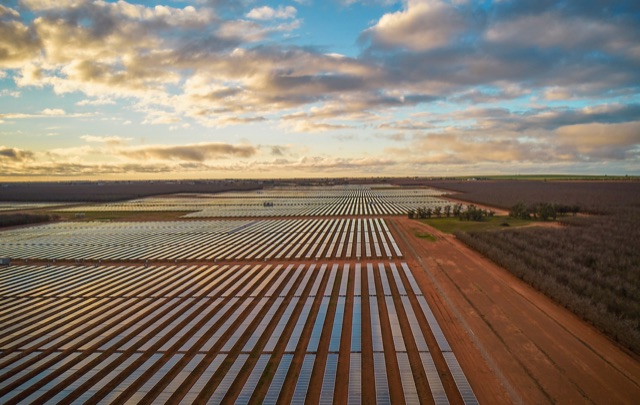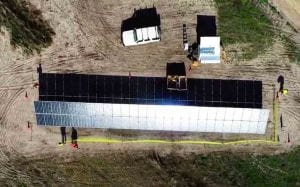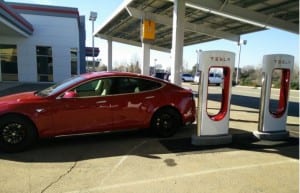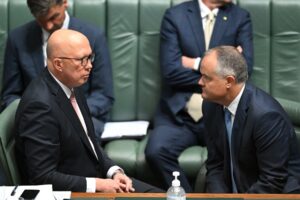One of biggest debates around the future of a major grid dominated by renewables, particularly wind and solar, is the amount of bulk and large scale storage that will be required to fill in the gaps of output.
The views range widely. There are the renewable detractors and baseload boosters – be they coal or nuclear – who insist that any grid dominated by wind and solar needs like for like back-up, a megawatt of firm power capacity for every megawatt of variable capacity, and heaps of long duration storage.
There are those who suggest the storage needs might be less than we think. Windlab engineer David Osmond, for instance, does weekly studies of the output on Australia’s National Electricity Market and concludes that only around 25 GW of five-hours storage will be needed for a grid close to 100 per cent renewables.
A study by the Australian Council of Learned Academies commissioned by former chief scientist Alan Finkel in 2017 came to a similar conclusion, noting that surprisingly little bulk storage is needed up to 50 per cent wind and solar, and little more than 100 gigawatt hours in the “very high” scenarios.
This has been borne out in reality, with South Australia reaching an average 75 per cent wind and solar over the last 12 months with comparatively little storage, just four utility scale batteries of various sizes.
Most agree that the last five to 10 per cent of any renewable grid will be the most challenging. The final equation will also depend on how well a grid is connected to other state or country grids.
But what if little or no bulk storage is needed at all? The proposition was put forward this week by Amory Lovins, an energy expert who co-founded the highly respected Rocky Mountains Institute in the US, and who has been dubbed the “Einstein of energy efficiency”.
Lovins has been advising US presidents and major corporations on energy and energy efficiency matters for half a century, and walks the talk – he has lived for more than 40 years in an energy efficient, passive solar home that he built high in Rocky Mountains near Aspen in Colorado.
Lovins spoke last month on Renew Economy’s SwitchedOn podcast, and explained how his house – perched 7,200 feet in altitude in the Rockies, where temperatures can fall to minus 40 – has no heating, because it is so efficient. It even has an enclosed banana farm that has already delivered 81 successful banana crops
Lovins argument is that it is cheaper to build passive solar houses like his, rather than a standard American home, because they save on construction costs by not building complicated and expensive heating systems. “We optimised the building as a system, not the insulation as a component,” he says.
He takes a similar argument to the grid as a whole. In his keynote address to the EEC National Conference in Sydney on Wednesday, he cited an RMI study on the Texas grid, one of the world’s largest and also nearly completely isolated, and with no big hydro.

Lovins first point is that the peak loads in summer – and average loads across the day – can be smaller, and less peaky, with profitably efficient use. Energy efficiency is no doubt the world’s cheapest and smartest energy option. But sadly, mostly as a result of market design, it is one that remains largely ignored and untouched.
However, assuming that demand has been reduced through efficiency, the RMI model for Texas finds that around 86 per cent of the annual electricity can be supplied by wind and solar, and another 14 per cent from dispatchable renewables. This could include, at least in Texas, geothermal, small hydro, solar-thermal-electric, burning municipal and industrial and farm wastes and biogas, and – Lovins quips – burning obsolete energy studies.
Lovins says this 100% renewable supply can then match the load by putting surplus electricity into two kinds of distributed storage worth that he says are worth buying anyway – ice-storage air-conditioning and smart bidirectional charging of electric cars, and recover that energy when needed, filling the last gaps with unobtrusively flexible demand.
“That yields 100% renewable electricity every hour of the year, with no bulk storage and with only around 5% left over to help decarbonize other sectors, so the economics should be excellent even at today’s prices,” Lovins says.
He notes that many European countries – Germany, Ireland, Denmark, and Scotland (and South Australia) already deliver half to three quarters of their annual electricity needs from wind and solar, without significant bulk storage. And they have better and improving reliability.
“So, as my colleague Clay Stranger says, the (market) operators have learned to run these grids the way a conductor leads a symphony orchestra: no instrument plays all the time, but the ensemble continuously makes beautiful music,” Lovins says.
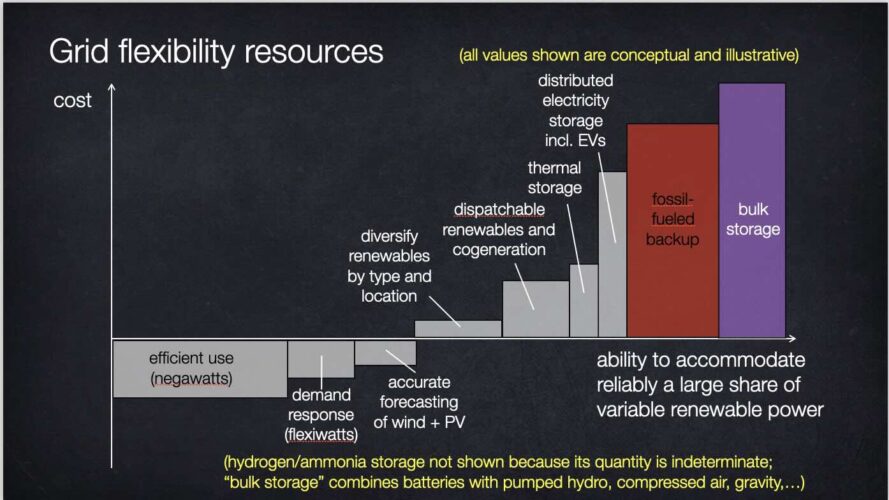
“Despite such empirical examples, standard models say we need giant fossil-fueled or nuclear plants to keep the grid reliable as it becomes renewable. But that’s an artifact of omitting most of the grid-balancing solutions.”
He cites multiple carbon-free ways (conceptually sketched in the table above) that could balance the grid across all timescales. The most expensive are the big batteries (magenta), and fossil-fueled backup (red). He says neither are needed in a truly efficient grid.
“Your actual costs will vary, but bulk storage comes last, not first, so we needn’t wait for a storage miracle (though some are emerging),” Lovins says.
“Today’s exponential battery growth could get global power over 60% of the way to net zero, but that’s not the only option. The first two boxes on the left, negawatts and flexiwatts, are both several fold bigger than had been thought, yet cheaper.
“Many other options remain neglected. So giant batteries, currently the costliest option, are valuable and profitable but seldom look necessary.”
Of course, the chances of creating a scenario painted by Lovins in Australia, or even anywhere else in the world, is pretty remote, given that politicians and market operators have already committed themselves to spending tens of billions in bulk solutions, such as storage and new transmission lines.
Lovins and many other energy efficiency experts have spent decades pointing out that an integrated system approach that focuses as much or more on consumption than supply will be so much cheaper than the current approach focused on supply.
Sadly, they have a lot less to show for it than makes economic or environmental sense. But that’s the way the market is built.
The energy industry has long convinced regulators and rule makers to embrace a model that pays them ever more the scarcer supply gets. Many in the industry are so vested in this system that they decry any alternative – demand management and energy efficiency are branded as “enforced blackouts”.
There is constant talk of redesigning the market, but apart from some fiddling at the edges, it is just that – talk. The market remains largely unchanged.
The building industry has been similarly resistant to any and all measures to make the buildings they construct more efficient. It’s why so many homes and developments in Australia have small or no eaves, dark rooves, and are built with all the thermal efficiency of a tent, with no double glazing and little thought to efficient appliances.
Still, there have been important gains. “Renewables get virtually all the headlines, because they’re visible, while energy is invisible, and the energy you don’t use is almost unimaginable,” Lovins says. “Yet saved energy is half of the world’s historic decarbonisation and at least half of future decarbonization.”
And to be sure, some demand management does now exist, and some markets for it have been created, but it remains just a fraction of what is possible. In the meantime, some studies come up with some terrifying numbers – in the trillions – for the cost of decarbonising the grid. And it is then used as an excuse to go slow rather than fast.
And it is all so unnecessary. And for Lovins, and his peers, that is deeply frustrating.
See also: “Picking losers:” Choosing nuclear over renewables and efficiency will make climate crisis worse

